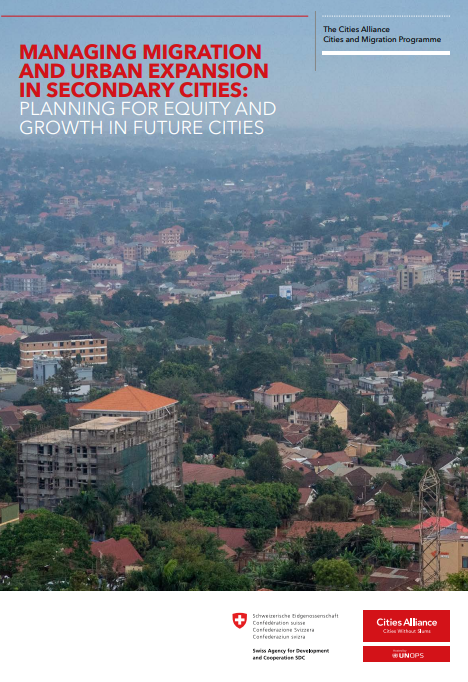Managing Migration and Urban Expansion in Secondary Cities

01 January 2022
Cities Alliance, Swiss Agency for Development and Cooperation
English
Research report
Africa
This Managing Migration and Urban Expansion in Secondary Cities report shows how cities can use urban expansion planning to accommodate new migrants and manage spatial expansion. Small investments allow cities to take control of peripheral growth for 30 years, organising it into a framework that is economically and socially inclusive and more environmentally sustainable. With urban expansion planning, cities prepare basic arterial infrastructure in peripheral areas, connecting expansion areas with the rest of the city and guiding development away from areas of high environmental risk. Acknowledging the reality of urban spatial expansion, urban expansion planning helps cities prepare land for 30 years of forecasted growth for the settlement of new urban residents, including urban natives and rural-urban migrants. The report provides case studies from Ethiopia and Uganda, where cities have used urban expansion planning to produce results on the ground. In Ethiopia, urban expansion planning from 2013 to 2016 led to the construction of over 570 km of arterial roads, creating space for at least 140,000 new residents and 26,000 jobs. It also reportedly reduced informality and squatting. Uganda has been exploring urban expansion planning since 2020.
Abstract based directly on source.


Comments